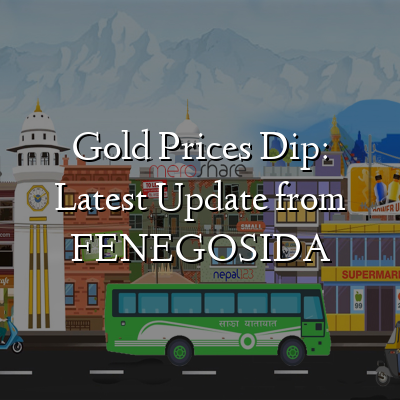NEPSE witnessed a dynamic week of trading, encompassing four active trading days due to a midweek public holiday. The NEPSE Index concluded the week at 1,998.96, marking a notable gain of 33.03 points (1.68%) from the previous week’s close of 1,965.93, which experienced a slight decline of 0.31%.
Throughout the week, the market exhibited considerable volatility, with the NEPSE Index fluctuating between a high of 2,025.78 and a low of 1,965.18, depicting a variance of 60.6 points. This volatility surpassed the previous week’s range of 39.18 points.
Tuesday saw the highest intraday gain of 25.94 points, coinciding with a turnover of Rs. 4.88 Arba. However, the total turnover for the week amounted to Rs. 14.57 Arba, indicative of robust trading activities.
Momentum indicators revealed a mixed sentiment, with the Relative Strength Index (RSI) reading at 47.56 on the daily timeframe and 48.56 on the weekly chart. Conversely, the Moving Average Convergence Divergence (MACD) and Signal lines signaled a potential bearish trend as they moved towards the negative zone, with the MACD reading at -13.36. The NEPSE Index remained below the 20-day Exponential Moving Average (EMA) but above the 5-day EMA, hinting at a bearish sentiment prevailing in the market.
Support and resistance levels were identified, with the 1,940-1,960 zone serving as the nearest support and the 2,120 zone acting as resistance.
Delving into crucial data, the week witnessed a turnover of Rs. 14.57 Arba, with over 3.55 crore unit shares traded through 2,34,146 transactions. NEPSE’s current market capitalization stands at Rs. 3,169,607.18 million, demonstrating the market’s substantial size.
The NEPSE index recorded a commendable incline of 1.68% for the week, with only one sector index closing in the red.
Additionally, Dolti Power Company Ltd (DOLTI), Nepal Finance Limited (NFS), and Janaki Finance Company Limited (JFL) emerged as the top three companies with the highest monthly beta, showcasing significant market sensitivity.
Infinity Laghubitta Bittiya Sanstha Limited (ILBS) emerged as the top gainer of the week, while People’s Power Limited (PPL) experienced a notable decline in its price.
Overall market analysis and insights were conducted using the SS Pro Software, providing valuable information and trends for investors and stakeholders.



